A vacation posting: re-posting a well-read post from December 2009
Mount Tabor, called in the Gospels “The Mount of Transfiguration,” is a little hill in Galilee. But it figures big in the history of Christian prayer. Jesus leads a few of his followers up the mountain. At the top, Jesus is suddenly transfigured, and is made radiant, clothes “dazzling white”. Moses appears. Elijah too. The great prophets of the Hebrew Scriptures, engaged in conversation with Jesus. One of the followers, Peter, awed by the sight, suggests a building project. He wants to build three shrines to commemorate the moment. Just then a cloud envelopes the mountain. They are rendered blind and dumb, and then a voice comes, “This is my Son, the Beloved; listen to him!” (Mark 9.2-8).
Here’s a metaphor for prayer. In prayer, we ascend the heights, our goal, a vision of God. But just when we think we’ve got it, darkness comes. Prayer is a dark path where we must give up all props and pretension, all assumptions and preconceptions. When we think we’ve got a view of God, all will go dark—for God cannot be seen (Exodus 33.23). See for yourself how often in Scripture the encounter with God is in the midst of a cloud (Moses, Elijah, Isaiah, the disciples with Jesus here on Mount Tabor, and again in Acts 1.9).
Peter’s response to his experience on the mountain of prayer was to say something, do something.
You’re tempted to do the same. You want all light and glitter. You want an experience you can take a picture of. Don’t. Sit in stillness until the impulse leaves you. Persevere when darkness comes. The truth is, you’re closer to God now than when all was light.
This practice, based upon the Mount Tabor story, is part of the hesychastic tradition of the Eastern Church. The Jesus Prayer is the chief “technology” for resting in God. Hesychia means “stillness” in Greek. It is the daring obedience of prayer that enters into the unknown, grasps at nothing, and seeks nothing but what the Holy Spirit gives by grace.
My gripe with the history of hesychasm is that the simple beauty and necessity of this prayer’s been essentially the experience of monks. But the Bible repeatedly summons us all into an encounter with God that is stillness, just God, nothing else, in order that we may find out who we really are in God’s presence, naked of our falsehoods. Trends in spirituality today show that contemporary people seek just this kind of experience, but they’re not finding it in the churches where prayer is wordy and busy and all too certain, despite the clear teaching of Jesus that we are to pray with very few words (Matthew 6.7), and in absolute humility, even emptiness.
After Christmas, I’ll begin to explore the Jesus Prayer in greater detail. Until then, prepare for your encounter with the prayer, by
- sitting in stillness for 5-15 minutes twice a day,
- watching your thoughts like leaves floating along a gentle brook.
- Neither follow them nor fight them.
- Rest in God.
